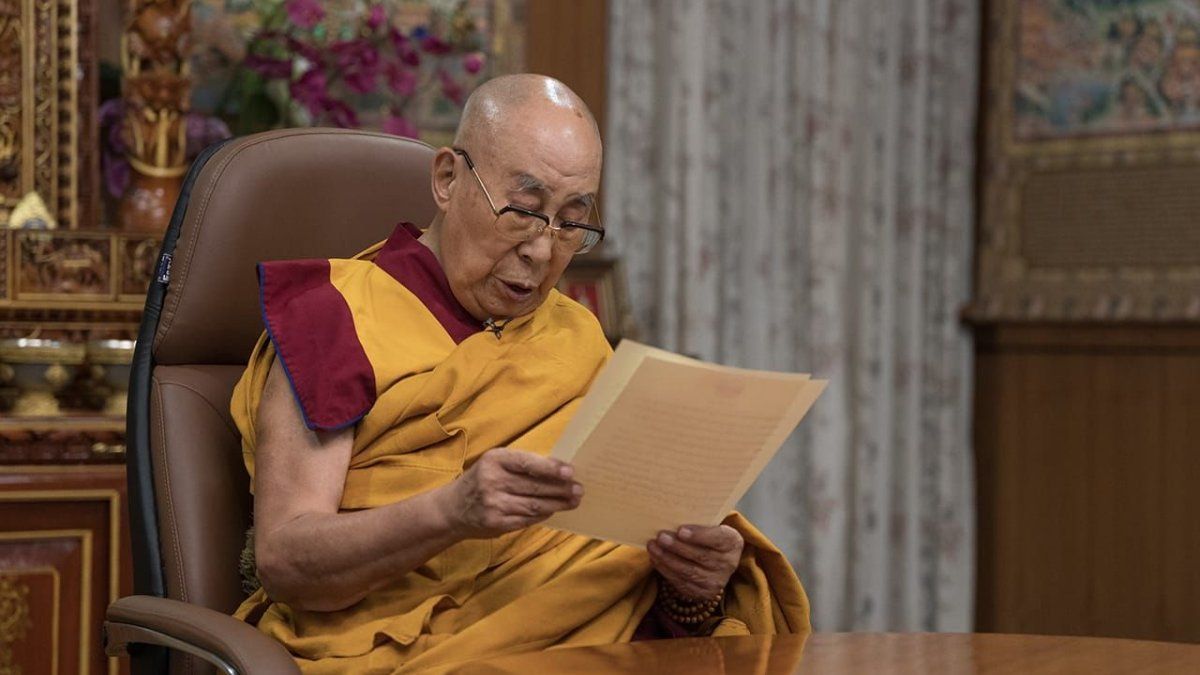The Hollywood Academy Awards, where behind the glamor of their wardrobe and the combativeness of their speeches (no less fashionable) millions of dollars are at stake, they are strict and formal even in the jokes, which they rehearse over and over again. Nothing goes out of the script. For that reason, when something unexpected is leaked, the feeling of a Freudian slip, of a pure event, is total. But that rarely happens.
It happened in 1973, when Marlon Brando refused to receive his Oscar for “The Godfather” and sent, in his place, Native American activist Sacheen Littlefeather, who gave a brief speech vindicating his ethnicity and how American cinema had always treated the “Indian” (a place not unlike the vampire or the gangster): at that moment it was an act of inconceivable rebellion; Today it would be completely normal, as proven by the first nomination that the descendant of an indigenous people, Lily Gladstone, had a few days ago for “Killers of the Moon”, by Martin Scorsese.
Oscar awards.jpg
The following year a much more bizarre episode occurred: while David Niven, in his impeccable tuxedo, welcomed Elizabeth Taylor, A man ran behind him, completely naked: a “streaker”, as those who carried out this type of protests for political, social or whatever reasons were called then.. Until Niven turned his head to the right to see him, she didn’t understand why the audience burst into laughter and gasps of surprise. Incidentally, this showed that, if such an event was not planned (and it was never proven that this was the case), the security of the time left much to be desired in a ceremony of that nature. Today no stranger can not only reach the stage but jump, outside, over the containment fences and the infinite electronic controls.
Finally, without going any further, the last major lapse at the Oscars, unusual, was the marriage of Warren Beatty and Faye Dunaway who had to star five years ago, when she announced the wrong Best Picture: due to an error in the envelopes distributed by Price WaterHouse, historic auditor of the awards, the “Bonnie & Clyde” actress said that the winning film was “La La Land.” Immediately, the producer of this film, while his cast was celebrating, ran to rectify the incredible mistake before the world: the Best Picture was “Moonlight.”
Argentina was no stranger to the unforeseen events of the Oscar: not on stage, in his case, but off it, but in such a thunderous manner that what happened not only had international repercussions but also in the internal regulations of the Academy. The protagonist of that story has a first and last name, Adolfo Aristarain, and the film in question was “A Place in the World”, with Federico Luppi, Cecilia Roth, Leonor Benedetto and José Sacristán.
“A place in the world”, filmed in San Luis and considered the closest thing to a Creole western (without cowboys or shooting, of course, but with many of the constituent elements of that genre that the director liked so much), had just won the Golden Shell at the San Sebastián Festival, among other awards, and was applauded whenever it was released in the country. It was, not only because of its narrative solidity, the ideal title for Argentina to send to the preselection for the Oscar for Best Foreign Language Film, as the category called Best International Film was then called. It was also the one that best suited, for multiple reasons, the taste of Hollywood.
But it was not like that. In 1992, the Argentine Film Academy did not exist, an organization that today is in charge of voting to choose the film to send to the competition, but it was decided directly at the INCAA, with the participation of a few entities. AND, To everyone’s surprise, they chose “The Dark Side of the Heart”, the “surrealist” film by Eliseo Subiela, whose chances of entering among the five candidates were lower than those of the American Samoa team, the one that lost 31 to 0 in qualifying rounds. to win the World Cup Soccer.
But if the decision, as said, caused widespread surprise, it provoked uncontrollable fury in Aristarain himself. And he did not stay still; He secretly devised a strategy to compete for the Oscar. It was precisely this newspaper that gave the scoop on that move; In an international report to which we had access, it was said, as an introduction to the list of films submitted by each nation, that that year there would be a record number of countries in competition, including some that had never done so before: for example, Uruguay with “A “Place In The World”. Too much coincidence. The information ended there. A phone call to the film’s publicity manager, who was stunned, confirmed the news that had not been announced. Aristarain was determined that no one would know until they announced it in Los Angeles.
In the next day’s edition the information appeared, with the title “Aristarain’s Picardy: ‘A place in the world’ will compete for Uruguay”. What was this alleged co-production with our country based on? In the nationality of the film’s co-writer and costume designer, Kathy Saavedra, at the time the director’s wife, who shortly after alluded, somewhat imprecisely, to the participation of some Uruguayan capital. The main producer of the film was the Argentine Osvaldo Papaleo.
As suspected, “A Place in the World” entered the Oscar selection among the five candidates, and “The Dark Side of the Heart” was not even taken into account. This caused enormous discomfort in our country regarding the criteria for choosing a film, which from then on were modified until the creation of its own Academy with hundreds of members of the industry who vote. However, the personal satisfaction of the director of “Time for Revenge” did not last long.
Shortly after it was announced on television that “A Place In The World” would represent Uruguay, information began to reach Hollywood that the film was not very Uruguayan. They say that those who pushed hardest to unseat it were the Mexicans from “Like Water for Chocolate,” which had been left out, and who hoped to place it in the place of Aristarain’s film.
The Academy was much harsher: it finally disqualified “A Place in the World,” but it gave no room for any other film. That year only four films participated, and the mediocre French production “Indochina” won.”, by Régis Wargnier, with Catherine Deneuve. A missed opportunity for the country to have its second Oscar after “The Official Story”; The possibilities were very strong.
Starting next year, the Academy tightened its rules regarding co-productions, establishing a certain and reliable proportion of the participation of the different states that produce a film that represents, in the competition, one of them. Over time That was made more flexible to the point that today Aristarain would have no problem competing with “A Place in the World” for Argentina and no longer as Best International Film but as Best Film, the main category. (just as the Korean “Parasites” won in both categories in 2019, which scandalized Donald Trump).
This year these changes of wind in Hollywood were reinforced: France did not send the film “Anatomy of a Fall”, winner at Cannes and favorite of almost everyone, to the preselection, but rather a more “French” production of the old style, historical, and with Juliette Binoche: “A slow fire.” The Academy, however, did not take it into account, and awarded “Anatomy of a Fall” with participation in the category of Best Film. It is difficult for him to win against “Oppenheimer”, but it was the diplomatic demonstration to the French that they missed the shot.
Source: Ambito
I am an author and journalist who has worked in the entertainment industry for over a decade. I currently work as a news editor at a major news website, and my focus is on covering the latest trends in entertainment. I also write occasional pieces for other outlets, and have authored two books about the entertainment industry.




